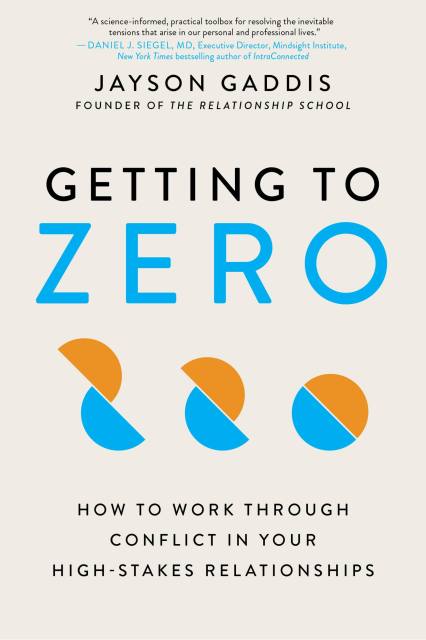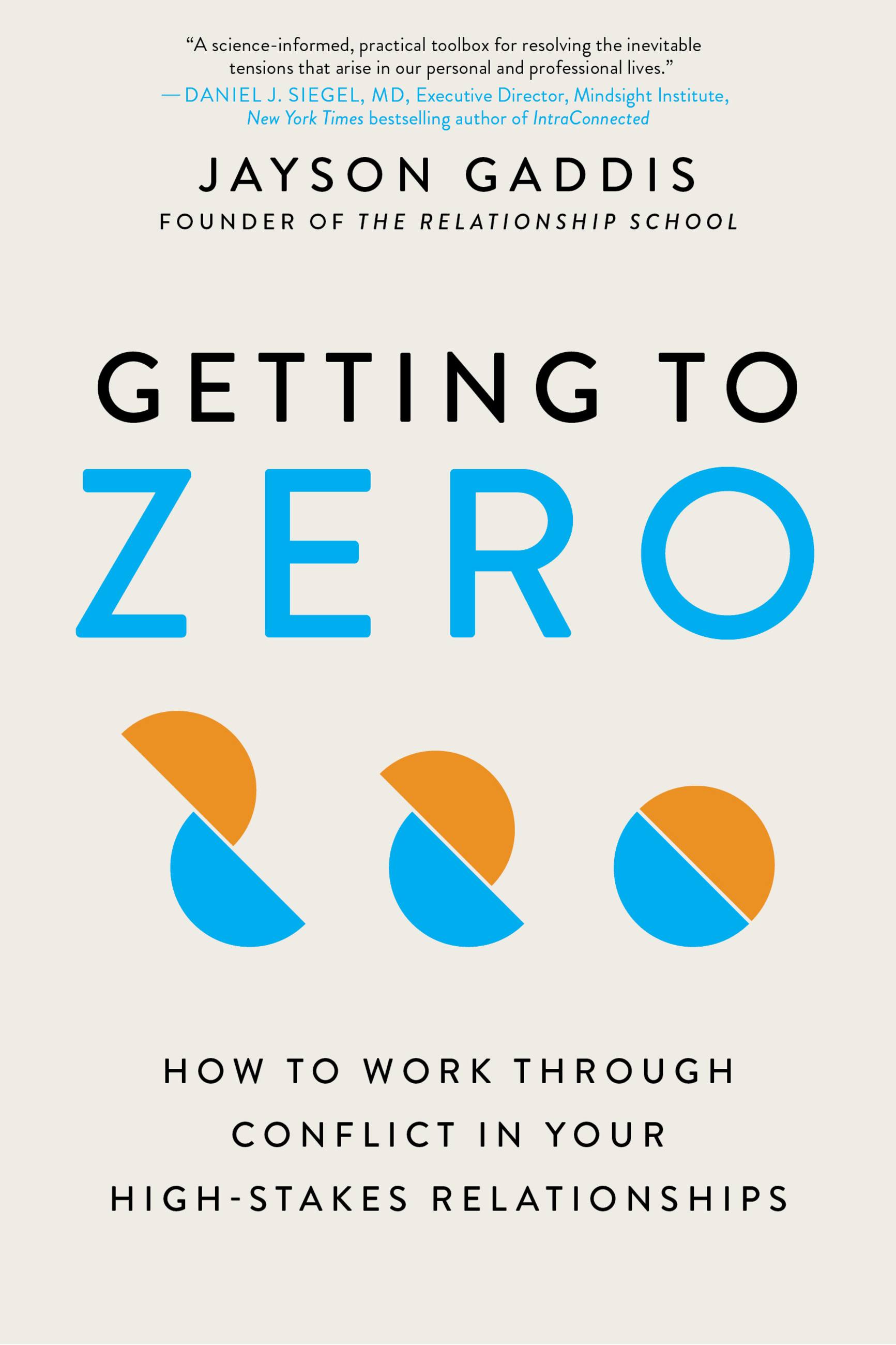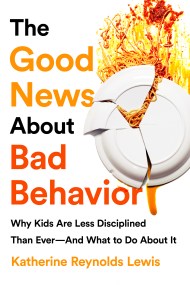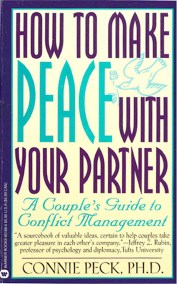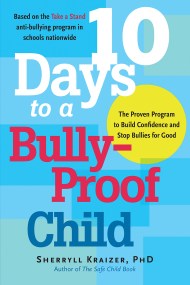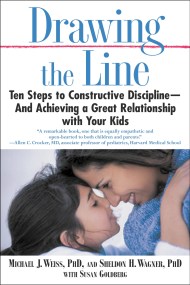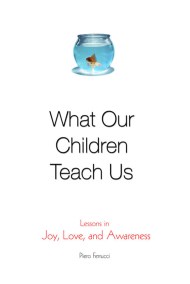Promotion
Use code MOM24 for 20% off site wide + free shipping over $45
Getting to Zero
How to Work Through Conflict in Your High-Stakes Relationships
Contributors
Formats and Prices
Price
$19.99Price
$25.99 CADFormat
Format:
- Trade Paperback $19.99 $25.99 CAD
- ebook $12.99 $16.99 CAD
- Audiobook Download (Unabridged) $24.99
This item is a preorder. Your payment method will be charged immediately, and the product is expected to ship on or around October 18, 2022. This date is subject to change due to shipping delays beyond our control.
Also available from:
THE WALL STREET JOURNAL BESTSELLER
Relationship teacher, coach, and founder of The Relationship School Jayson Gaddis reveals the origins of conflict styles, how to stop avoiding difficult conversations, and how to resolve conflict in our most important relationships.
Conflicts in our closest relationships are scary because so much is at stake. If the conflict doesn't go well, we could lose our marriage, our family or our job, all connected to our security and survival. So we do just about anything not to lose those relationships, including avoid conflict, betraying ourselves or becoming dishonest. Unresolved conflict affects every single aspect of our lives, from self-confidence to physical and mental health.
Jayson Gaddis is a personal trainer for relationships and one of the world’s leading authorities on interpersonal conflict. For almost two decades, Gaddis has helped individuals, couples, and teams get to the bottom of their deepest conflicts. He helps people see the wisdom in conflict and how to get to zero—which means we have successfully worked through our conflict and have nothing in the way of a good connection.
In Getting to Zero, Gaddis shows the reader how to stop running away from uncomfortable conversations and instead learn how to work through them. Through funny personal stories, uncomfortable examples, and effective tools and skills, he shows the reader how to move from disconnection to connection, acceptance, and understanding. This method upgrades the old tired and static conflict resolution approaches and offers a fresh, street-level, user-friendly road map on exactly how to work through conflict with the people you care most about.
Relationship teacher, coach, and founder of The Relationship School Jayson Gaddis reveals the origins of conflict styles, how to stop avoiding difficult conversations, and how to resolve conflict in our most important relationships.
Conflicts in our closest relationships are scary because so much is at stake. If the conflict doesn't go well, we could lose our marriage, our family or our job, all connected to our security and survival. So we do just about anything not to lose those relationships, including avoid conflict, betraying ourselves or becoming dishonest. Unresolved conflict affects every single aspect of our lives, from self-confidence to physical and mental health.
Jayson Gaddis is a personal trainer for relationships and one of the world’s leading authorities on interpersonal conflict. For almost two decades, Gaddis has helped individuals, couples, and teams get to the bottom of their deepest conflicts. He helps people see the wisdom in conflict and how to get to zero—which means we have successfully worked through our conflict and have nothing in the way of a good connection.
In Getting to Zero, Gaddis shows the reader how to stop running away from uncomfortable conversations and instead learn how to work through them. Through funny personal stories, uncomfortable examples, and effective tools and skills, he shows the reader how to move from disconnection to connection, acceptance, and understanding. This method upgrades the old tired and static conflict resolution approaches and offers a fresh, street-level, user-friendly road map on exactly how to work through conflict with the people you care most about.
Genre:
-
“In this compelling guide to approaching conflict in our most intimate relationships, Jayson Gaddis offers a science-informed, practical toolbox for resolving the inevitable tensions that arise in our personal and professional lives. Filled with useful concepts and readily applicable steps to sensing and solving interpersonal challenges, repairing ruptures when they occur, this book is not about trying to achieve a life without difficulties in our relationships, but is about moving toward a receptive state of calm and clarity—a state our author names as “zero”—in which we can engage our inner life and our connections with others with kindness and presence that research suggests are at the core of mutually rewarding, generative ways of living with compassion, connection, and well-being.”Daniel J. Siegel, M.D., Executive Director, Mindsight Institute, New York Times bestselling author IntraConnected; Mind; Mindsight, and Aware
-
“Getting to Zero is an excellent guidebook for anyone looking to improve their conflict management skills. Jayson’s storytelling is impactful, his insights are wise, and his message is clear and heartfelt.”"Coach Mike" Bayer, New York Times bestselling author of Best Self and One Decision
-
“Jayson Gaddis has written, in our view, one of the most clear and helpful books on this endemic feature of our humanity: conflict. If you want to know what conflict is and how to resolve it, Getting to Zero will give you to that destination. We recommend this book to everyone who has ever felt that twitch which plunges us into darkness. While it is replete with accessible theory about what is happening in your mind and brain, it is even more generous with practical guidance from that will lead you from conflict to connection.”Harville Hendrix, Ph. D. and Helen LaKelly Hunt, Ph. D. Getting the Love You Want: A Guide for Couples
-
"Jayson Gaddis’ excellent new book, Getting to Zero, is a fabulous couple guide to conflict solutions interspersed with inspirational self-disclosures of Jayson's own life and relationship experiences. He provides valuable conceptual framing and techniques for managing conflict. His detailed insights will be of great value to readers interested in effective loving relationships."Stan Tatkin, PsyD, MFT, developer of the Psychobiological Approach to Couples Therapy (PACT) and author of We Do and Wired for Love
-
"Jayson Gaddis has dedicated his life to understanding the dizzyingly complex, emotionally-charged territory of relationships. The knowledge he has accumulated is a gold mine for anyone looking to create deep, fulfilling connections with others. This book is a lifeline for anyone who has wondered how to thrive in relationships."Cory Muscara, Host of Mindfulness.com and Author of Stop Missing Your Life
-
"Jayson Gaddis has done it! He has written a brilliant, practical book that leaves no stone unturned in its quest for healthier relationships. Far too many relationships fall apart because humans have never been taught how to convert conflict into transformation. This book stops the bleeding, and provides the tools and techniques that every relationship needs to get to the other side."Jeff Brown, author of An Uncommon Bond and Grounded Spirituality
-
"As a couples therapist, professor, and relationship educator, I am excited to recommend Getting to Zero to my clients and students. Jayson Gaddis is a magnificent teacher--thoughtful, warm, nerdy, practical, and wise. The approach he offers on these pages is one that serves our bodies, our minds, our hearts, and our souls. Dive in! You are going to be so glad you did... and the people you love will be so glad too!"Alexandra H. Solomon, PhD, faculty, School of Education and Social Policy, Northwestern University; author of Loving Bravely and Taking Sexy Back
-
"Finally a book that gets right to the heart of how to work with relational conflict! Jayson Gaddis brilliantly helps the reader understand what conflict is, why it arises and offers a roadmap through these challenging times. His ability to weave together psychology, human behavior and interpersonal dynamics leaves no stone unturned. Thank you, Jayson, for your tremendous contribution to this part of the human experience that many find themselves lost in. This book is a must-read for everyone."Lisa Dion, LPC, RPT-S, President of the Synergetic Play Therapy Institute and creator of Synergetic Play Therapy
-
“Getting to Zero is the ultimate loving relationships guide for anyone who would love to transform disconnection to connection, conflict into communication, victim mentality into victory mentality, survival into thrival, and inauthenticity into authenticity.”Dr. John Demartini, international bestselling author of The Values Factor
-
"Getting to Zero holds the keys to deepening your relationships and exponentially up-leveling your joy in life! Jayson Gaddis has written the step-by-step guide on resolving conflict from the inside out. As founder of The Relationship School and relational expert, Jayson seamlessly untangles the complexity of resolving conflict to makes the process accessible to all of us if you want to be seen, heard, and understood in your relationships.”Terri Cole, psychotherapist, relationship expert, author of Boundary Boss
- On Sale
- Oct 18, 2022
- Page Count
- 320 pages
- Publisher
- Hachette Go
- ISBN-13
- 9780306924804
Newsletter Signup
By clicking ‘Sign Up,’ I acknowledge that I have read and agree to Hachette Book Group’s Privacy Policy and Terms of Use
